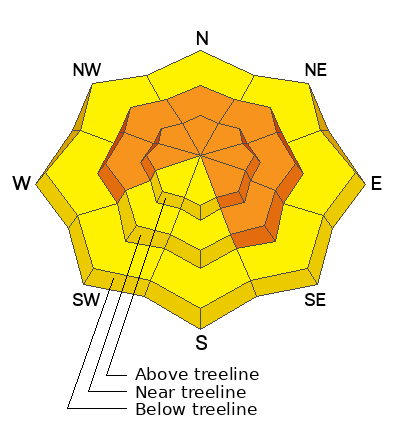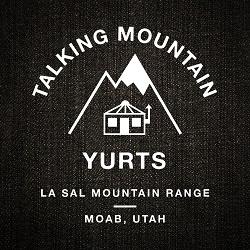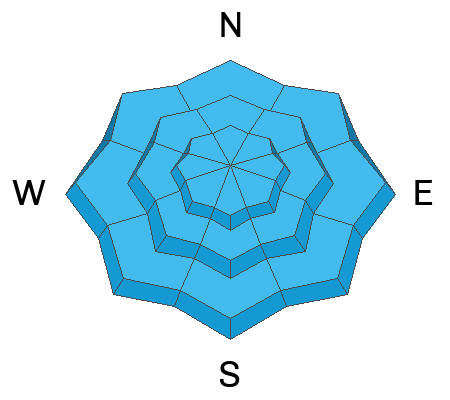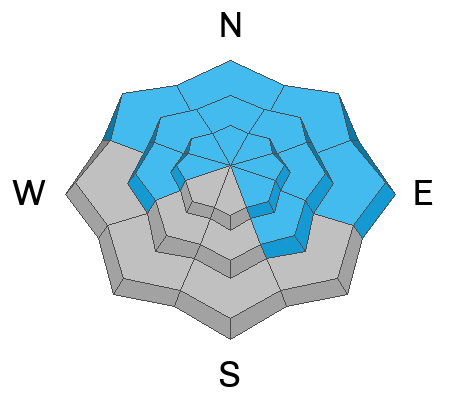Forecast for the Moab Area Mountains

Issued by Dave Garcia on
Monday morning, March 4, 2024
Monday morning, March 4, 2024
Recent snowfall and strong winds blowing from the WSW have created dangerous avalanche conditions. The danger is CONSIDERABLE, and skiers and riders are LIKELY to trigger avalanches in recent deposits of wind-drifted snow. The danger is most pronounced near treeline and above on slopes that face NW-N-E. Strong winds have reached below treeline, and the remaining slopes have a MODERATE danger. It is POSSIBLE to trigger slabs of wind-drifted snow on all aspects and at all elevations.
Persistent weak layers of faceted snow exist at the base of the pack on slopes that face W-N-E-SE. These layers will be stressed and potentially overloaded by blowing and drifting snow and the danger on these slopes is CONSIDERABLE.
Careful snowpack evaluation, cautious route-finding, and conservative decision-making are essential for backcountry travel today.

Low
Moderate
Considerable
High
Extreme
Learn how to read the forecast here





